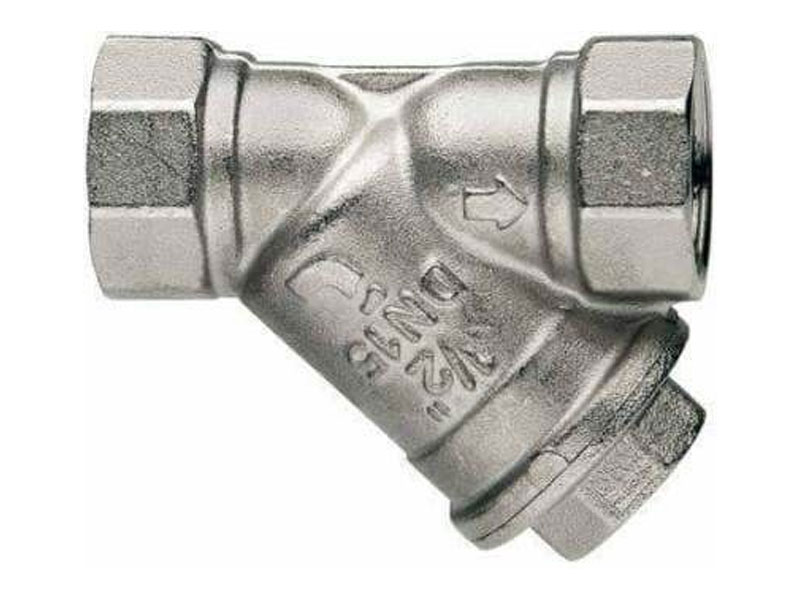Source: Pinterest
Customers from a wide range of sectors require a wide range of valves for their increased operations. Valves are available in a wide variety of materials to suit any purpose. Carbon steel, PVC, cast iron, stainless steel, and ductile iron are a few of these substances. In this piece, we’ll look at two of them: ductile iron and cast steel. The debate over “ductile iron vs. cast steel valves material” has been there for decades since not most people are conversant with the distinctions.
Fortunately, comparing valves constructed of ductile iron and cast steel is straightforward because both materials just have a few significant differences. We’ll go through the qualities of each material and then weigh the advantages and drawbacks of each. Readers will be valve gurus by the conclusion of this blog article!
What Do Filters and Strainers Have In Common?
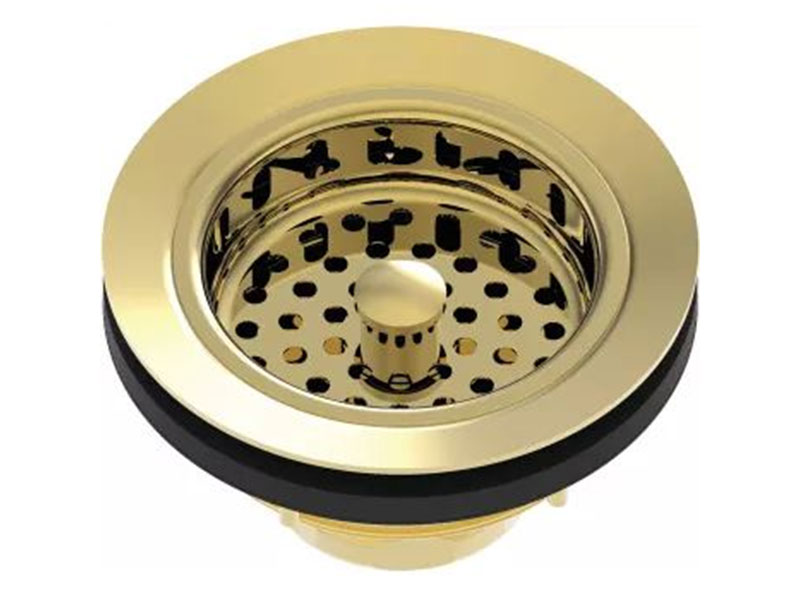
Source: Pinterest
Strainers and filters have many similarities. Both are intended to remove suspended material from a fluid or gas. They also provide comparable advantages by safeguarding downstream machinery and eliminating impurities or pollutants that may jeopardize the product’s quality or integrity. Strainers and filters may be needed by law or regulation for health or ecological reasons, utilized to increase system efficiency, or simply necessary for practical reasons because the flow stream would be worthless without them in many circumstances.
There are some similarities between filters (such as cartridge and bag) and strainers (such as this one), so, unsurprisingly, the two are sometimes misunderstood. Both, for example, are intended to remove particulate from a gas or liquid. Furthermore, both strainers and filters can be designed in a duplex configuration, enabling one strainer or filter to be washed while the other remains functioning. While the two share many characteristics, strainers and filters are not interchangeable.
Both filters and strainers are available in duplex designs, which are employed in situations where the operation cannot be halted for cleaning or replacing the component.Similarly, filters and like the Y Type strainers can be programmed to “self-clean.” When workers are not accessible to wash or change clogged components, sometimes this is preferable for duplexed systems. Designs exist to reduce dynamic pressure variation as well as process liquid loss.
What Do Filters and Strainers Have In Common?
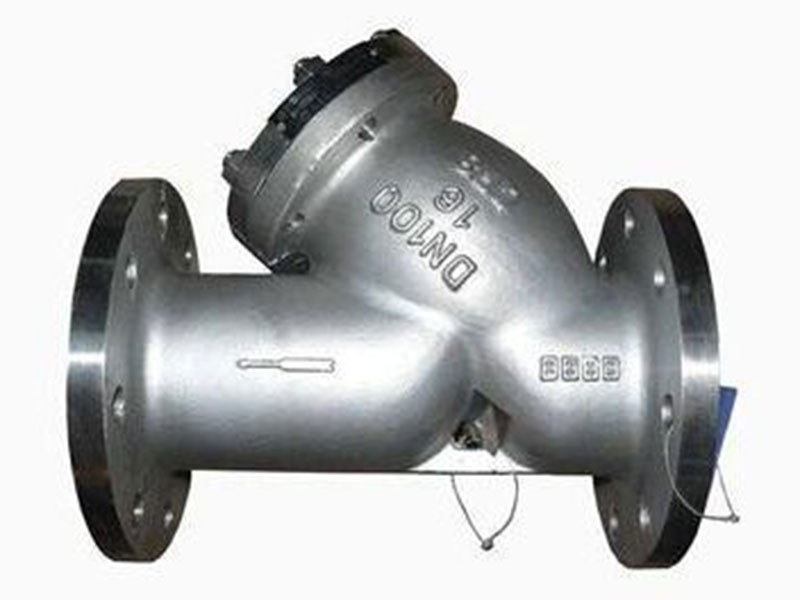
Source: Pinterest
Filtering is a finer-grained elimination technique. Filters often use some kind of “sock” or cartridges that can filter microscopic particles as tiny as fine sand, as well as microbial.
Straining is termed a coarse operation since it is used to collect bigger fragments (about 1/4 inch).
Micron and mesh are typical measuring units that are interchangeable. A mesh of 35 is about similar to a micron of 500. Mesh is utilized for straining and micron is used as a measuring unit for filtering.
A micron is really a unit of measurement equivalent to one-millionth of a meter. Mesh (as in squared mesh) denotes that the quantity of “squares” is similar in both directions. Three squares/inch, for example, equals three mesh.
Filters eliminate particles smaller than or less than 40 microns, which are often too tiny to be seen. on the other hand, Strainers, remove particles that are bigger than 40 microns in size. Normally, something of this size would be apparent to the human eye. If the particulate to be removed ranges between 38 and 177 microns, you might well be able to utilize either a filter or a strainer in some situations.
The pressure of the fluid or gas as it travels through the media is another important distinction between strainers and filters. A liquid flowing through a strainer will most likely not experience a reduction in pressure while it does so. A decline in pressure, on the other hand, may signal that the strainer requires to be cleaned or replaced. A liquid or gas moving through a filter, on the other hand, will most likely suffer a considerable reduction in pressure.
Strainers
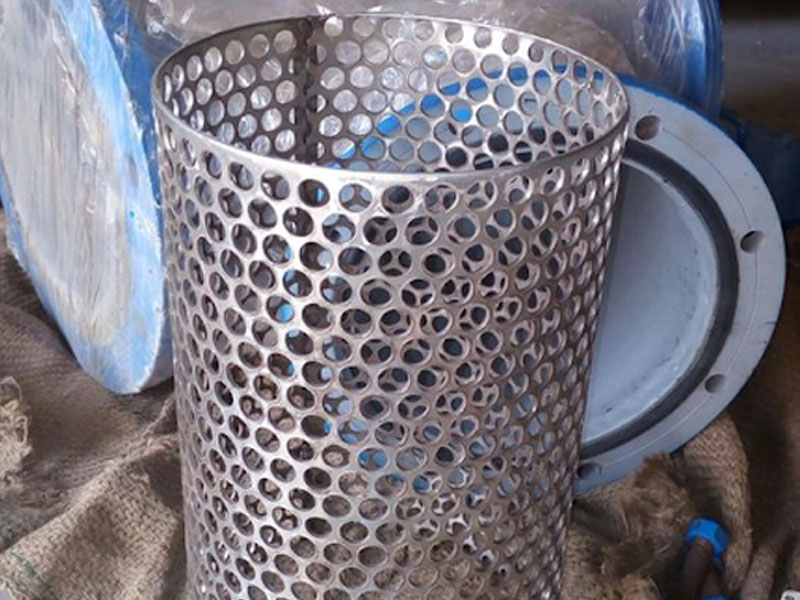
Source: Pinterest
A strainer aims to remove bigger, undesirable particulate from a fluid, particularly to safeguard downstream machinery such as pumps. Strainers come in a range of forms and sizes dependent on their use, but one aspect is critical: they are intended for simple removal and cleansing. To guarantee optimal operation, quick cleaning necessitates minimum downtime for the apparatus.
Filters remove tiny undesired particles from gases and liquids, whilst strainers are often used to separate bigger particles. Filters are commonly utilized when the fluid or gas moving through the network must be devoid of most pollutants, including those as tiny as specks of sand. Many filters are reusable, while others must be changed on a regular basis.
In general, the fundamental distinction between the 2 units is that a sieve will capture debris while allowing the desired liquid to pass through, but a filter will capture the desirable material/items while allowing the waste fluid or substance to pass through. Another distinction is that a strainer comprises numerous screens that, once used, may be cleaned and reused. Filters have a screen that can only be used once before becoming clogged, at which point the screen must be replaced. Filter screens are never used again.
Most pump-powered services and applications will require filters or strainers – occasionally both, dependent on the system’s functioning or complexity. The application will determine the type of unit utilized as well as the level of durability required.
What To Consider When Choosing Strainer or Filter?
Flow Rate and Pressure
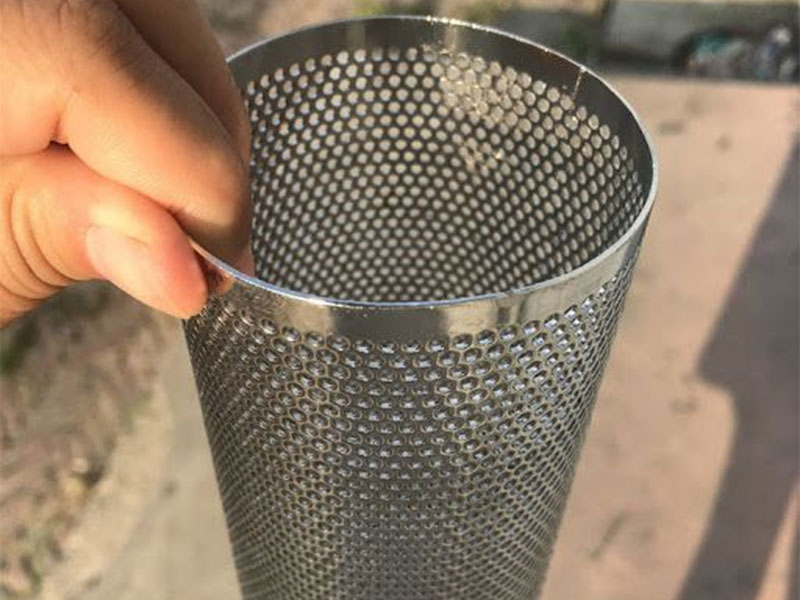
Source: Pinterest
Another important consideration when selecting a filter or strainer is flowing velocity and pressure. Because filters have a greater influence on pressure and flow rate than strainers, customers utilizing high flow systems may experience more problems with filters. High-flow liquid filtration operations, on the other hand, exist and may be an alternative for your setup.
The size and layout of your pipelines are other key considerations. Some filters and basket strainers may only be put horizontally, while others work better when installed vertically.
The size of the filter required is determined by the flow rate. A 2″ filter that can handle a 100 GPM flow, for instance, will not operate in a system that can handle a 150 GPM fluid motion. If that is the case, and you had a rate of flow of 150 GPM, you would choose a filter 1 size bigger.
A reduction in fluid pressure over a pipe device, such as a filter, is referred to as a pressure drop. The liquid alters direction multiple times as it is driven past the filter material, where contaminants are eliminated. This action adds resistance to the fluid’s flow, resulting in decreased pressure when the fluid flows through the filter. Pressure drop is caused by several variables, including the filter medium, pollutants present, flow velocity, and viscosity.
Why should you be concerned with pressure drop? As the strainer or filter fills, the differential pressure increases because the filtered particles lower the surface area of the filter. When the strain to overcome this becomes too severe, the intended flow thru the filter is jeopardized. The regularity with which the filter must be emptied is determined by the quantity of filter contact area and the volume of particles being filtered. If the pressure drop is too much, to begin with, the filter will rapidly approach a tipping point and clog.
Liquid, Gas, or Oil Types
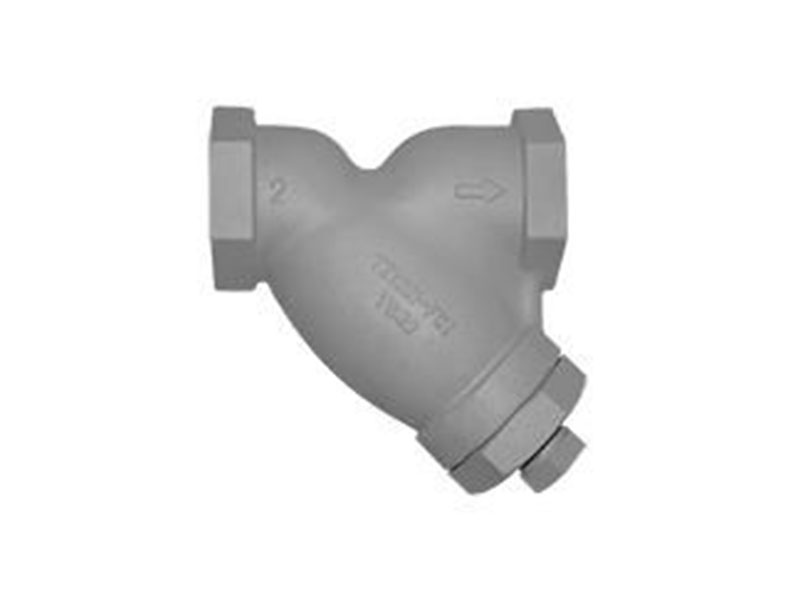
Source: Pinterest
Particles Understanding the kind and particle size that is filtered helps you to determine the appropriate micron filter or strainer size. Well, water, for example, comprises inorganic particles such as sand, whereas pond groundwater contains primarily organic things such as phytoplankton and leaves. In general, inorganic components require a narrower screen to catch silt and sand that would otherwise go through the most. Water is only one of many examples. Viscous goods such as paper coverings, paints, honey syrup, and everything else in between can also be filtered.
Carbon steel strainers are used in the gas and oil industry’s supply pipelines. This is mostly due to carbon steel’s strong thermal resistance and flexural modulus.
Cleaning and Maintenance
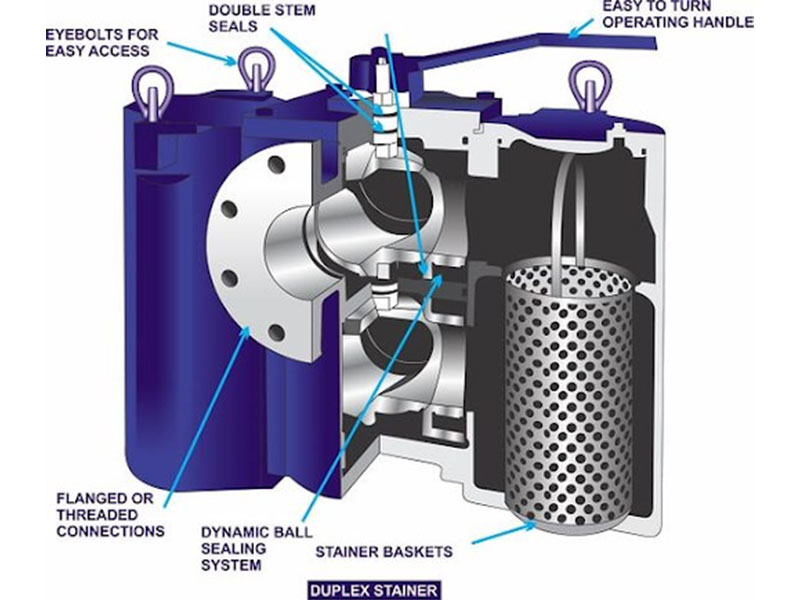
Source: Pinterest
If your equipment can’t handle repeated shutdowns for maintenance and cleaning, you might want to think about duplex housing. This design enables you to detach and clean or change one filter or strainer while the other remains operational. Before servicing can be performed in structural features, the entire system must be shut off and depressurized.
Surface filters must be cleaned and maintained regularly. This is since they undertake incredibly sensitive tasks that need the utmost care. Depth filters do not need as much upkeep as surface filters. Because of their total size and storage capacity, they do necessitate additional labor.
To ensure quality certified depth filters function effectively, clogged pieces must be replaced regularly. A surface filter unlike depth filters needs more cleaning activities than component replacement operations.
Industries can use cartridges, reverse osmosis, or bag filters based on the nature of the problem. Each of these filtering systems has its own set of advantages and disadvantages.
Servicing. If indeed the line is unable to shut down, a duplex strainer might well be required to switch the flow whenever a basket becomes full. A self-cleaning filter might well be appropriate for some operations, reducing the need to stop flowing or disassemble pipework.
Size and Shape
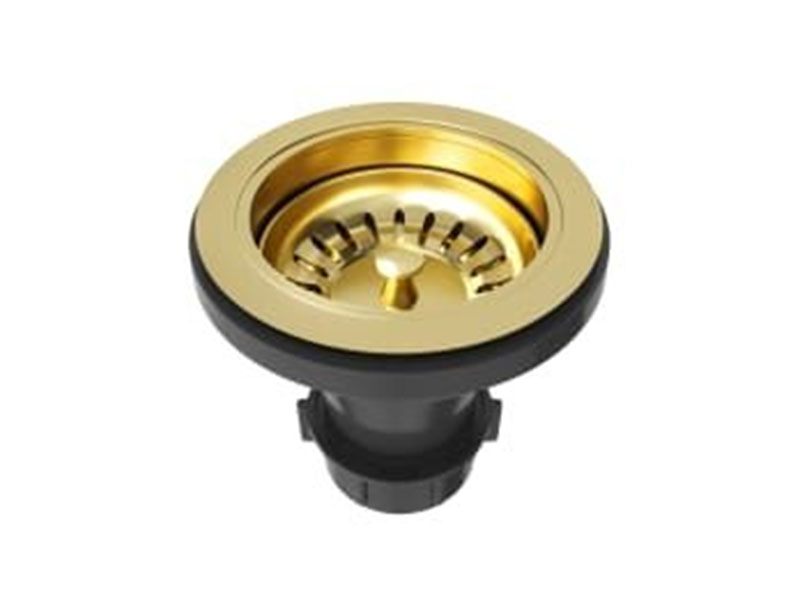
Source: Pinterest
When evaluating the size and form of the particles to be removed, select a mesh that is somewhat smaller than what is required. This will aid in the removal of broken-down pollutants as well as those with the potential to deform and slip through the mesh. It may appear to make sense to select a strainer or filter with a much finer mesh than is required, but the finer the strainer or filter, the more frequently it must be cleaned.
Size of the particles and properties The mesh count (number of apertures per inch), mesh size, and thread diameter of filtration mesh all impact the size of particles captured.
Size of the pipe The filter or strainers should be the same size as the current pipe. Furthermore, pipe layout (horizontal or vertical pipework, or right angle) influences which form of industrial filtration is optimal.
Conclusion
Xhval is the team to contact. If you are unsure if you need a strainer a filter, our filtering experts can gladly review the specifics of your operation with you and ensure that you obtain the proper equipment. We can also guide you on filtering media, upkeep, and other aspects of your system’s operation.

